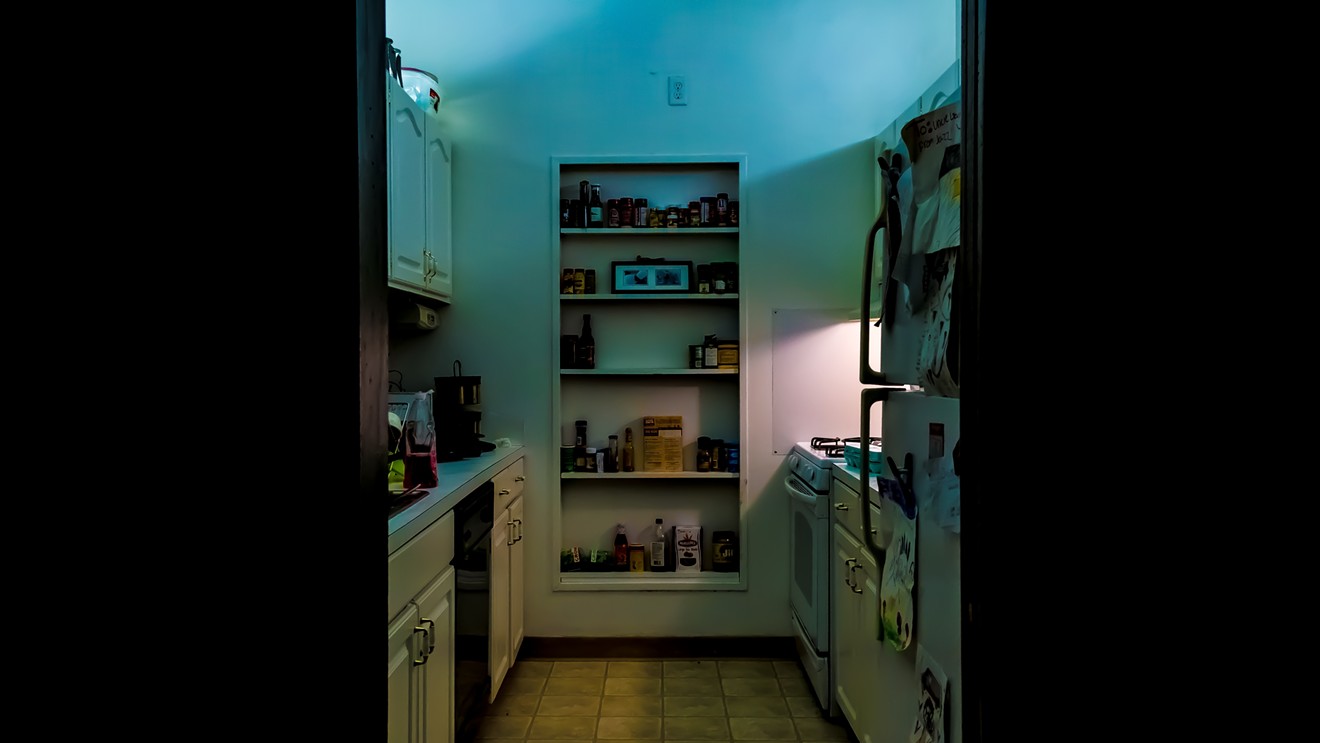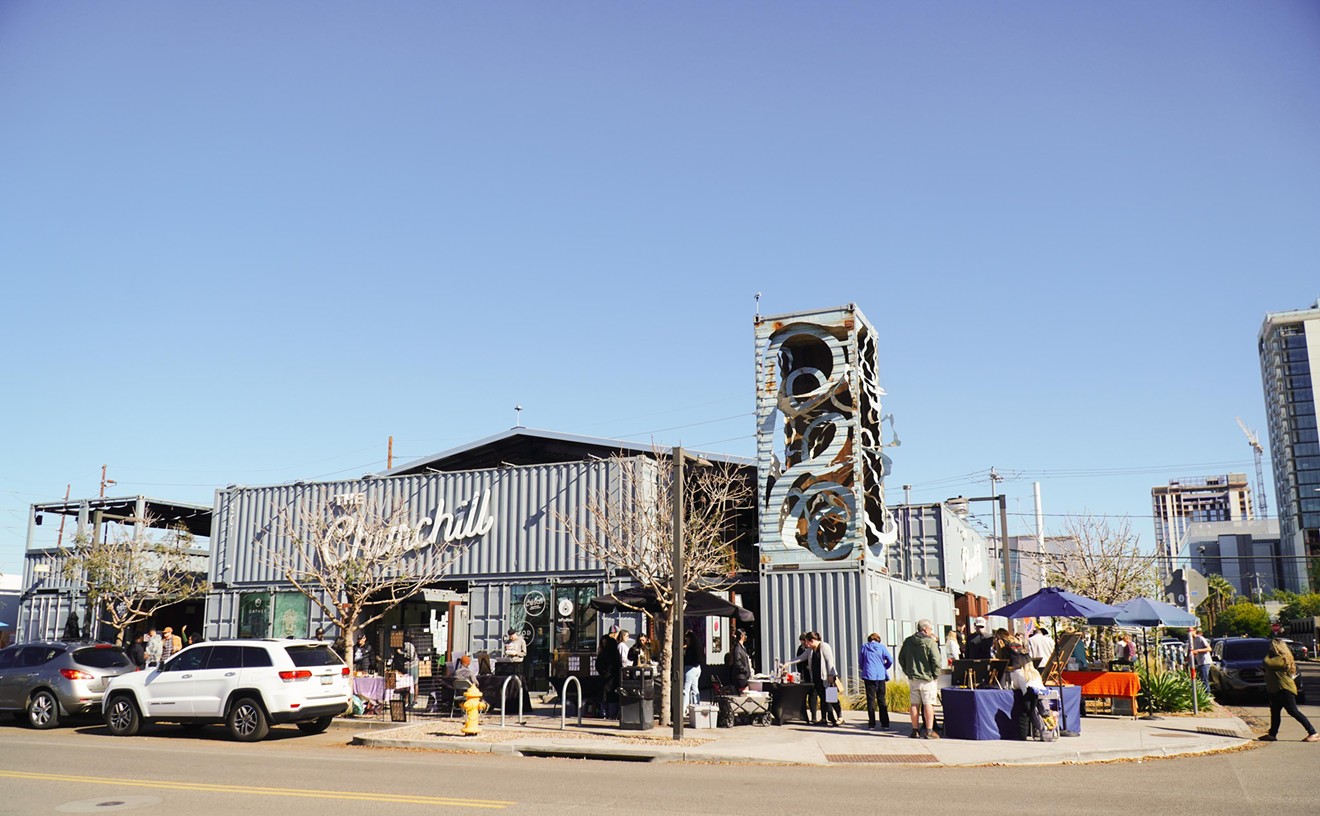It is finally food-making season. We’re deep in the holiday hustle, we’re thinking about meals with friends, we’re finally ready to be near an oven. But what to do with all this food after a grocery store run? Are there better ways to store our produce till that test run or family dinner?
There are.
This won’t be a gathering of all the food storage tips under the sun, because how could it be? There are many out there, and more and more cute infographics and videos are created each day on the topic. This is simply a compilation of helpful tips we’ve learned from our own fridges, shit we’ve heard, and whatever we’ve seen around the internet.
This is a serious issue, as the largest proportion of food waste is happening at the household level. Or so explains our go-to source, Christopher Wharton — Arizona State University associate professor of nutrition and assistant dean of innovation and strategic initiatives.
“Up to $1,500 is wasted per household per year,” he says in our previous installment focusing on expiration dates (another killer), “and that’s like an entire paycheck or more for plenty of households.”
It's a considerable amount of money but many of us don’t think about it. "Because when we waste food, it’s on the level of $1, $2, $3 worth of greens or carrots or bread,” Wharton says. "But in aggregate, over the years, it’s a considerable impact." On the health side, of the foods we waste, the greatest percentage loss is in fruits and vegetables. “So it's this lost opportunity to eat healthy,” Wharton says. Then of course, there's the very scary environmental side.
However, you’re most likely aware of the importance of reducing kitchen waste, which is why you’re here. And, thank God, there are all kinds of ways to combat this.
Don’t Fear the Freezer
I know, this has been done for generations. But the freezer, according to the U.S. Food & Drug Administration’s tips on reducing food waste up to 50 percent by 2030, “is a great way to store most foods to keep them from going bad until you are ready to eat them.” And for a quick temperature check, your freezer should be at 0 degrees Fahrenheit (and keep the fridge at 40 degrees Fahrenheit or below to keep foods safe).The FDA recommends using the FoodKeeper App for information on how to safely store different foods to maintain freshness and quality. But more importantly, it breaks down how long different items can be stored in the freezer.
It’s a neat tool. The FoodKeeper App, powered by FoodSafety.gov, allows you to pick a product, and check the item's shelf life, be it in the pantry, fridge, or freezer. For instance, a banana can hold for two to three months if stored in a freezer.
“The banana is a perfect example,” Wharton says (we're back to him). “The banana is the most versatile long-lasting fruit you could possibly have.” Clearly a fan of this fruit, Wharton says when bananas on your countertop starts to go brown, it’s the perfect time to freeze it.
“You can freeze bananas for months on end,” he says, and FoodSafety.gov agrees, stating a banana can hold for two to three months if stored in a freezer. Wharton says a frozen banana can then be incorporated into banana bread (hello holidays) or you can blend them into a smoothie.
“Same thing with greens that you may not be able to get to,” he says. “Go ahead and freeze those.” Yes, frozen greens can go into smoothies as well (and all sorts of other things). In fact, Wharton throws frozen spinach, maybe some bananas, peanut butter, and/or yogurt into the blender for his two young kids.
“That is a fantastic way to get our vegetables into our kids,” he says, “who are incredibly picky.”
The Bouquet Effect
Let’s cue in Wharton one last time. “If you look at greens that are wilted, they’re only dehydrated,” he says. “That’s just a perception thing that has nothing to do with the food." Therefore, stick any herb like cilantro or vegetable like celery in a jar of water like it’s Valentine Day, and jam it right in your fridge.This is recommended everywhere, but it was big-time broadcasted on Salt Fat Acid Heat by Samin Nosrat
“The easiest dollar that you can spend to really make the biggest difference in your home cooking is a bunch of herbs. So, if I know I want to make Thai food, I buy basil and cilantro. If I know I want to make Italian food, I buy parsley and rosemary and sage,” Nosrat says on episode four, all about heat, while tooling through a grocery store. “If you really want to make them last, you can trim the ends a little bit and stick 'em in a glass of water in the fridge. Take care of your herbs and they’ll last a whole week,” she says.
I use and love this technique and even try to work the container into this whole line of thought as well. Any time I use a jarred sauce, I peel the label, rinse the residue and bam, there’s your new cilantro vase.
Much More on Produce
If your crisper is a graveyard, or your fruit bowl's an embarrassment, consider reapproaching the way you stick things in the fridge after grocery shopping.The website behind the Environmental Protection Agency has loads of information, including food storage tips, on a page titled “Reducing Wasted Food at Home.” Some well-known ideas involve freezer and plastic bags, Tupperware, cling wrap, stuff you're probably already doing.
But a maybe not-so-obvious tip is about open-air fruit storage. “Many fruits give off natural gases as they ripen, making other nearby produce spoil faster,” it reads. “Store bananas, apples, and tomatoes by themselves, and store fruits and vegetables in different bins.” So yeah, feel free to ask for some fancy fruit bowls this holiday season. Sounds like the more, the better.
Another finicky purchase is berries. The EPA says to wait to wash berries till you're ready to eat them to prevent mold. Melissa Maker, the lady running Clean My Space, can take you one step further. In a post titled “Reduce Food Waste with These 10 Food Storage Tips!” she addresses specifically blueberries.
“Most berry packages will come with an absorbent pad at the bottom. Its purpose is to pull excess moisture, which promotes mold growth, away from the berries,” she says. “If your package does not come with an absorbent pad or if you notice the pad is soaked through, you can make your own. All you need to do is line the bottom of a container with a piece of paper towel. That’s about it!” (And you better compost that paper towel when it’s all over.)
And there are all sorts of ways to not use plastic. Here are some more tips, rapid-fire style.
Use glass jars and keep the lid for excess coffee (throw in some ice and there's tomorrow's iced coffee). Wash out and reusable plastic containers from restaurants. Find some vintage or current Pyrex. Wrap your lettuce in a towel. Put bread in a pillowcase. Let those potatoes roll around in an old Pier 1 Imports basket Kirstie Alley convinced you to buy in the early aughts.
Tons of food storage tips are all over the internet. Homework: Set aside some time and explore, picking the ones that apply to your own fridge, pantry, and shopping list.
Be Your Own Stock Boy or Girl
Ever worked in a quick-service restaurant? The kind where they have chips or cookies or something out for customers to grab? If so, you definitely know about keeping the new products in the back, so your shop looks well stocked, but “older” food products are snatched up first.Personal note: From 2004 to 2004, when I worked at a Port of Subs at 99th Avenue and McDowell Road, this was my least favorite responsibility.
This same practice can be used in your own kitchen. Newer items go in the back of the fridge, freezer, pantry, ice box, second fridge, whatever, so you’re constantly making use of the older stuff.
And before you do all that, be sure your food is arranged on the right shelf in the first place. An article titled “Containing Food Waste Through Food Storage” from Food Quality and Safety has a quick breakdown.
“Prepared foods, such as deli salads, pre-sliced ready-to-eat items, and cakes, should be stored at the top of the refrigerator, followed from top to bottom by raw produce, raw seafood, raw red meat, raw ground meat, and then raw poultry,” it reads. “Separating foods in this manner reduces the risk of raw meat leaking onto and contaminating other food products.”
No, we’re not giving a food handlers card quiz soon. Safe food handling is just often connected to food waste. Any food with meat leakings on it will most likely get thrown out, right?
On Beers
Last, I just want to take a second to say I fucking hate foam coolers.How often have you seen one abandoned on the shores of Lake Pleasant or blasted into flurries on the highway? I understand plastic coolers come at a price and having a disposable one is convenient in many situations, but I still hate those squeaky, single-use containers promising to outlive us all.
This is why I audibly gasped at a Target when I first saw Igloo’s Recool model. It claims to be the world’s first cooler made from biodegradable materials. It doesn’t seem to sog like the sad paper straw, either. This sucker is said to hold up to 75 pounds. Water retention is up to five days, and ice retention is up to 12 hours. And it doesn’t have to be single-use, since the Recool can air-dry and be used at the next barbecue.
So, if you’re hoping to keep those Tecate Lights ice cold, and I know you are, Recool Igloo Coolers are found at Target (we covered that), plus Sprouts, Walmart, and big recreation stores like REI and Dick’s Sporting Goods.
No, Igloo is not paying me.

















